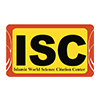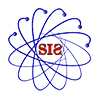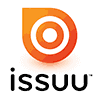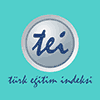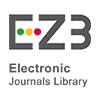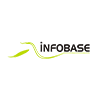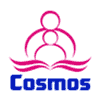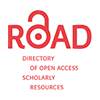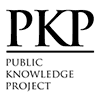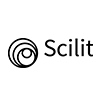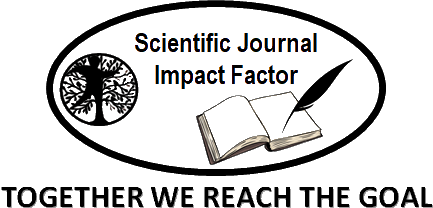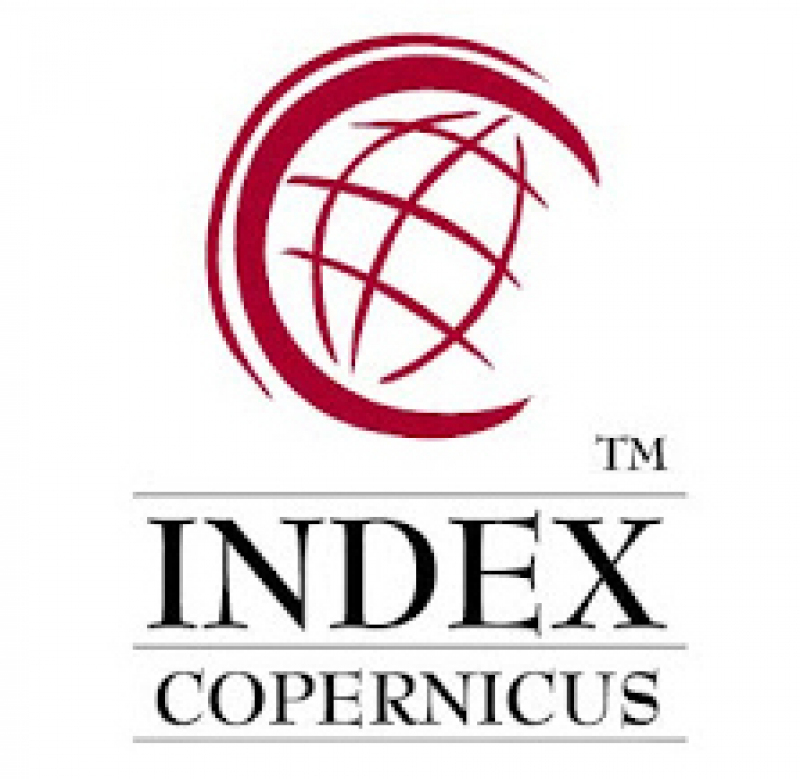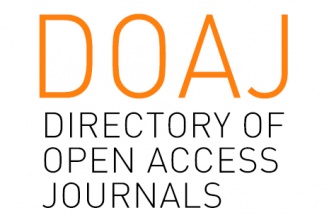Components of Organizational Vitality in the Structural Dimension from the Perspective of the Holy Quran
Abstract
The aim of this research is to identify the components of organizational vitality in the structural dimension as one of the dimensions of the organizational vitality model from the perspective of the Quran. Considering the fundamental differences between organizational vitality from Islamic and Western viewpoints, this study, based on Islamic sources-especially the Holy Quran-addresses organizational vitality grounded in worldview, religious values, spirituality, ethics, and human excellence. In contrast, Western approaches focus on profit orientation, productivity, job satisfaction, and work-life balance. This research adopts a descriptive-analytical method based on Martyr Saddar’s interrogative approach in thematic Quranic interpretation within the framework of thematic analysis strategy. Among various thematic analysis methods, the "theme network" method was selected. The theme network method follows a specific process with three stages: basic themes, organizing themes, and global themes. The findings of this research, based on reflection on the verses of the Holy Quran and Islamic narrations, indicate that the components and factors of organizational vitality presented in management knowledge differ from those emphasized in the Holy Quran, although some principles overlap. The structural components of organizational vitality from the perspective of the Holy Quran include: organizational learning, flexible structure, organizational environment, organizational culture, professional ethics, management and leadership, and organizational justice.
Keywords
Full Text:
PDFReferences
Qur’an al-Karīm
Nahj al-Balāghah
Fānī, ‘Alī Aṣghar; Zamānī, Mahdī; Ziyāratī. (2013). "Identifying Components of Individual and Organizational Happiness and Measuring Their Status". Quarterly Journal of Organizational Culture Management, 11(1), 78-139.
Amid, Ḥasan. (1996). Farhang-e Fārsī-e ‘Amīd. Tehran: Amīr Kabīr.
Dehkhodā, Akbar. (1998). Lughat-nāmeh. Tehran: Rūzne.
Zāre’ī Matīn, Ḥasan et al. (2009). "Identifying Components of Workplace Vitality and Measuring Their Status in Executive Organizations of Qom Province". Journal of Public Administration.
Eskandarī, Paymān. (2016). "Investigating the Relationship Between Organizational Vitality and Organizational Learning (Case Study: Kurdistan Agricultural Jihad)". Second National Conference on Modern Management Sciences and Sustainable Planning of Iran. Tehran.
Malekzādeh, Gholāmrezā; Rāhnemā, Seyyedeh Narges. (2016). "Examining Factors Influencing Employee Vitality at Work".
Kulaynī, Muḥammad ibn Yaʿqūb. (1986). Al-Kāfī. Tehran: Dār al-Kutub al-Islāmiyyah.
Heydarī, Nāhid. (2018). Management of Organizational Vitality. Tehran: Dār al-Funūn.
Ghafūrī, Muḥammad Reżā; Safadārānī, Varnū; Golparvar, Mohsen. (2009). "Investigating the Relationship Between Organizational Justice Components and Organizational Commitment Among Isfahan Municipality Employees". Journal of Psychological Studies, 5(4).
Gholāmzādeh, Somayyeh. (Unpublished Master’s Thesis). "Examining the Relationship Between Factors Affecting Happiness and Its Impact on Organizational Performance". University of Tehran, Qom Campus.
Tripathi, M.M. (2006). "The Necessity of Creating Vitality in Organizations" (Aḥmadī, Reżā’ī, Trans.). Management Monthly, 105-106, 82.
Shaykh Ṣadūq, Muḥammad ibn ‘Alī ibn Bābūyah. (1989). Wasā’il al-Shī‘ah. Qom: Mu’assasat Āl al-Bayt.
Tamīmī Āmadī, ‘Abd al-Wāḥid. (1987). Ghurar al-Ḥikam wa Durar al-Kalim. Qom: Daftar-e Tablīghāt-e Islāmī.
Lailābādī, ‘Alī; Īmānī, Ṣafī; Ḥasan Shāh; Tājābādī, Ḥusayn. (2017). "Principles of Organizational Ethics in Islam". Human Resources Studies Quarterly, 6(25).
Miṣbāḥ Yazdī, Muḥammad Taqī. (2004). Akhlāq dar Qur’ān. Qom: Mu’assasah-ye Āmūzeshī va Pajūheshī-ye Imām Khomeynī, 9th ed.
Ṭāherīyān, Ḥusayn. (2014). "Managerial and Organizational Factors Affecting Happiness in Universities and Their Impact on Knowledge Production". Quarterly Journal of Research and Planning in Higher Education, 72.
Hādīyān, Mahdī; Raḥmānzādeh, Arvīn. (2018). Human Resources Studies Quarterly, 8(27), 153-174.
Ma‘ṣūmī Nezhād, Faranak; Farrokhseresht, Behzād; Alvānī, Seyyed Mahdī. (2022). "Designing a Model of Employee Vitality Drivers in Organizations Using Meta-Synthesis Technique". Journal of Organizational Culture Management, 20(1), 105.
Chāvoshbāshī, Farzāneh; Dehqān ‘Afīfī, Nāhid. (2013). "Identifying and Measuring Factors Affecting Organizational Vitality of Employees at Islamic Azad University, West Tehran Branch". Behavioral Sciences Quarterly, 43-66.
Zāre’ī Matīn, Ḥasan; Ḥaqq Gūyān, Zolfā. (2018). Happiness and Vitality in Life and Workplace. Tehran: Mehrbān.
Shaykhzādeh, Muḥammad et al. (2011). "Thematic Analysis and Thematic Networks: A Simple and Efficient Method for Explaining Patterns in Qualitative Data". Strategic Management Thought, 5(2), 10.
Attride-Stirling, J. (2001) Thematic networks: an analytic tool for qualitative research. Qualitative research, 1, 385-405.
.Kutcher, EJ., Bragger, J D., Rodriguez- Srednicki, O., & Masco, JL. (2010). The role of religiosity in stress, job attitudes, and organizational citizenship behavior. Journal of Business Ethics, 95, 319–337.
Rego, A., Ribeiro, N., & Jesuino, JC. (2010). How happiness mediates the organizational virtuousness and affective commitment relationship. Journal of Business Research, 1-9.
. Sonnentag, S. &Niessen, C. (2008). Staying vigorous until work is over: The role of trait vigor, day-specific experience and recovery. Journal of Occupational and organization Psychology, 81,
Oxford Advanced Learners Dictionary 9th Edition. p1743,252.
DOI: http://dx.doi.org/10.18415/ijmmu.v12i10.7071
Refbacks
- There are currently no refbacks.
Copyright (c) 2025 International Journal of Multicultural and Multireligious Understanding

This work is licensed under a Creative Commons Attribution-NonCommercial-NoDerivatives 4.0 International License.
https://ijmmu.com
editor@ijmmu.com
facebook.com/ijmmu
Copyright © 2014-2018 IJMMU. All rights reserved.







